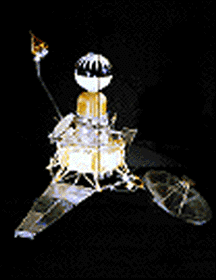Image of Ranger 3 spacecraft
NASA/Space Science Data Center
Ranger
The goal of the seven Ranger missions during the early 1960's was to obtain the first close-up U.S. pictures of the Moon. Each spacecraft was to fly straight down to the Moon's surface and return photographs until being destroyed on impact.
Only the Ranger 7, 8, and 9 missions were successful, each returning thousands of photographs of the lunar surface. The photos were highly detailed, with resolution 1000 times better than that of Earth-based observations. Neither Ranger 3 or 5 were able to impact the Moon, while Rangers 4 and 6 reached its surface but didn't return any images.
The Ranger missions were useful for the planners of the Surveyor and Apollo programs, showing them that a safe landing site on the Moon would be hard to find.
You might also be interested in:

The Surveyor missions of 1966 through 1968 were the next step in space travel to the Moon, following the Ranger missions. Their goal was to perform "soft" landings on the lunar surface, meaning that the
...more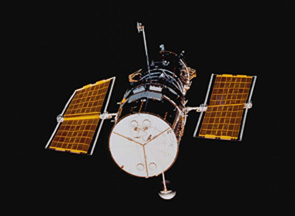
The Hubble Space Telescope (HST) was one of the most important exploration tools of the past two decades, and will continue to serve as a great resource well into the new millennium. The HST found numerous
...more
Driven by a recent surge in space research, the Apollo program hoped to add to the accomplishments of the Lunar Orbiter and Surveyor missions of the late 1960's. Apollo 11 was the name of the first mission
...more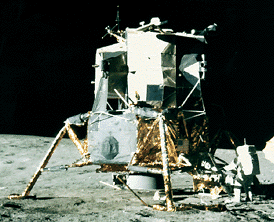
Apollo 12 was launched on Nov. 14, 1969, surviving a lightning strike which temporarily shut down many systems, and arrived at the Moon three days later. Astronauts Charles Conrad and Alan Bean descended
...more
Apollo 15 marked the start of a new series of missions from the Apollo space program, each capable of exploring more lunar terrain than ever before. Launched on July 26, 1971, Apollo 15 reached the Moon
...more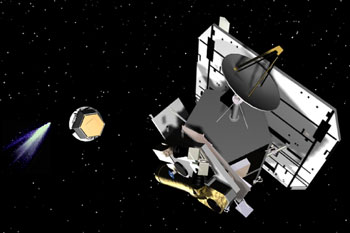
NASA chose Deep Impact to be part of a special series called the Discovery Program on July 7, 1999. The Discovery program specializes in low-cost, scientific projects. In May 2001, Deep Impact was given
...more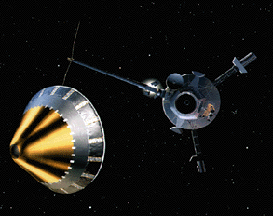
The Galileo spacecraft was launched on October 19, 1989. Galileo had two parts: an orbiter and a descent probe that parachuted into Jupiter's atmosphere. Galileo's main mission was to explore Jupiter and
...more
